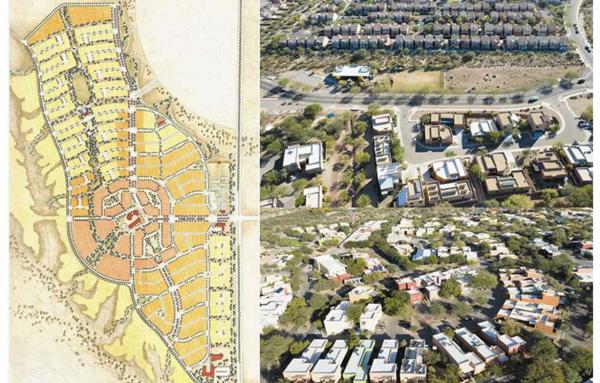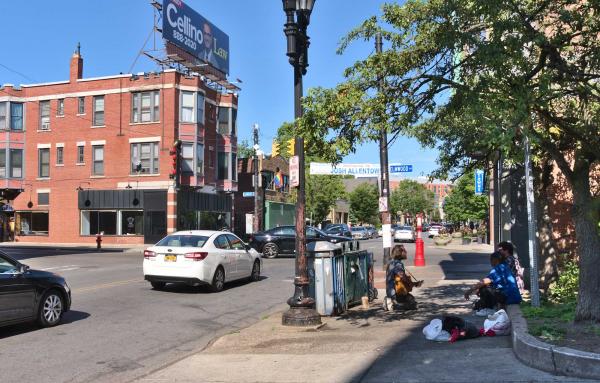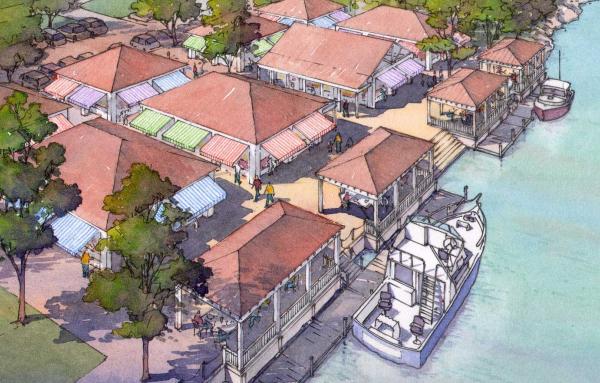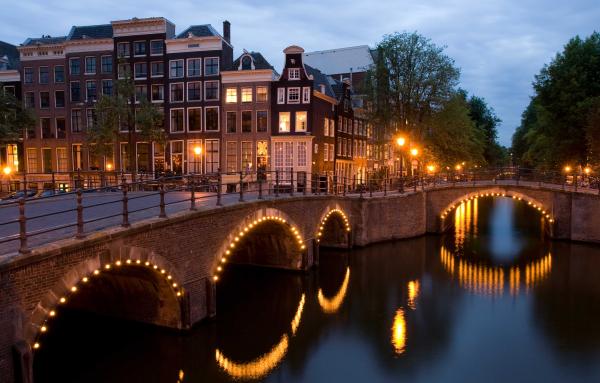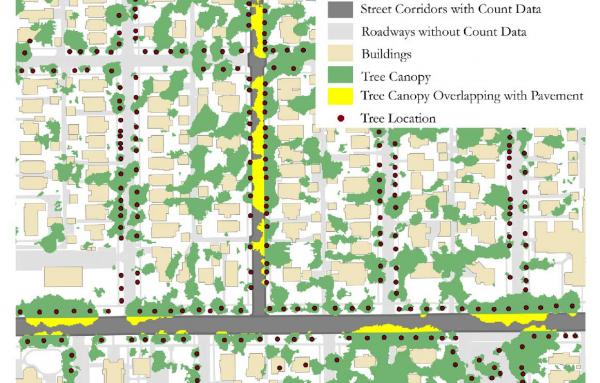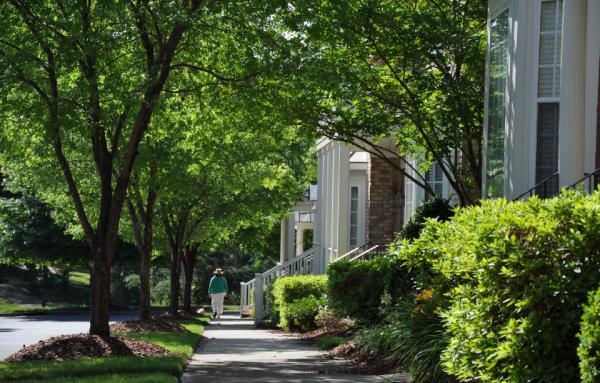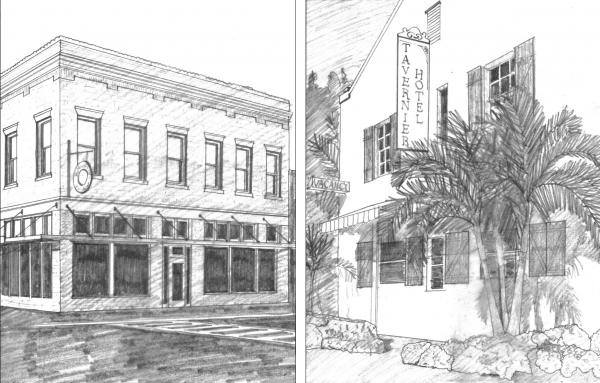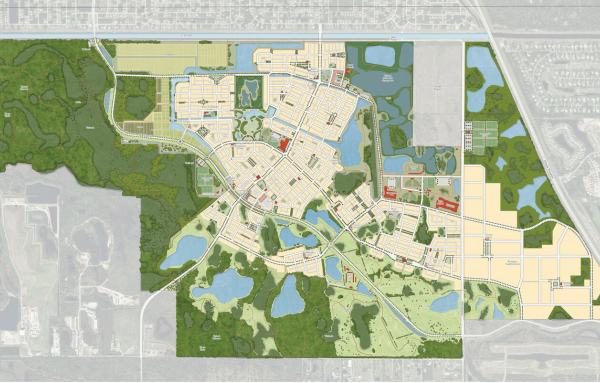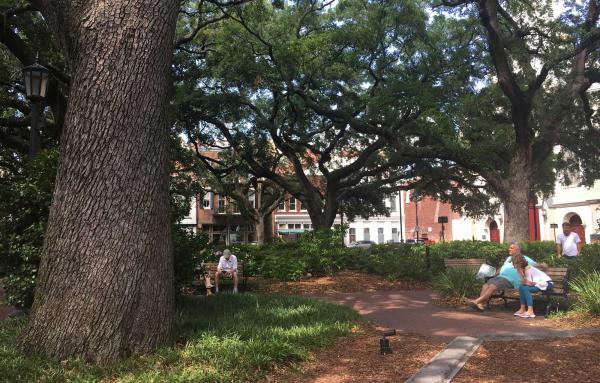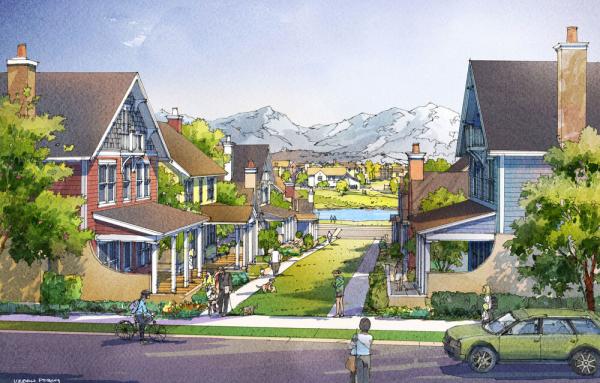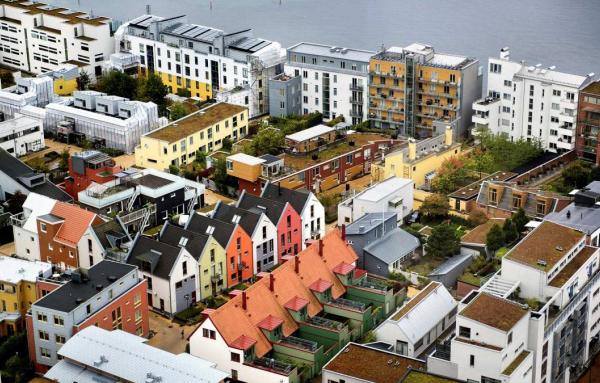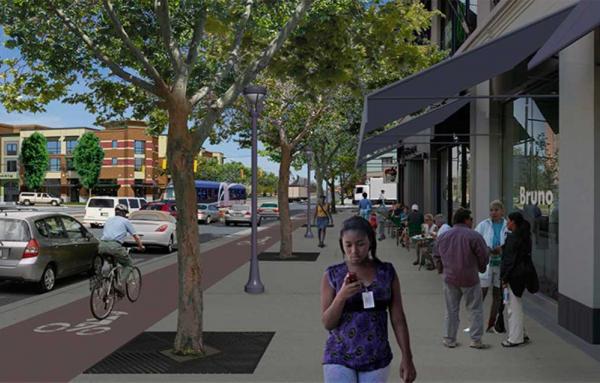Sustainability
Civano, a new urbanist town in Tucson, Arizona, provides a useful model for how three-dimensional design cuts energy and water use—and also adapts to and mitigates climate change.
Great Lakes communities are prominent examples of what new urbanists often refer to as “receiver cities, towns, and villages.” They can prepare for migration by promoting growth that improves the quality of life of existing inhabitants.
Compact development, which contributes to carbon reduction, is also useful for climate adaptation and the building of defensible places.
Analyzing how community design can impact various phases of climate change response, both local and global.
A few days ago, I explained how planting street trees adapts to and mitigates climate change. Trees also bestow health, safety, and economic benefits. In other words: they are a “wonder drug” for cities.
Street trees have many benefits, but their climate impact is becoming more important all the time.
The Climate Planner offers a wealth of experience and advice for planners confronting climate change in community plans.
Newfield in Martin County, Florida, provides an upland alternative to coastal real estate in Southeast Florida, while preserving the countryside.
This is third in a series of articles on the advantages of building human-scale cities and towns.
A recent report by Brookings sums up the challenge for US climate goals: It can’t be done without moving much more decisively to compact, mixed-use, walkable development. To quote from their report:
A discussion around the book, Architecture & the City, prompts a critique of prominent eco-urbanism developments on the basis that they fail to create good urbanism.
Without improvements in the way we plan and build communities, electric vehicles will never deliver on their sustainability promise.
